Tonkotsu Ramen Broth: Bliss From a Pressure Cooker in 1.5 Hours
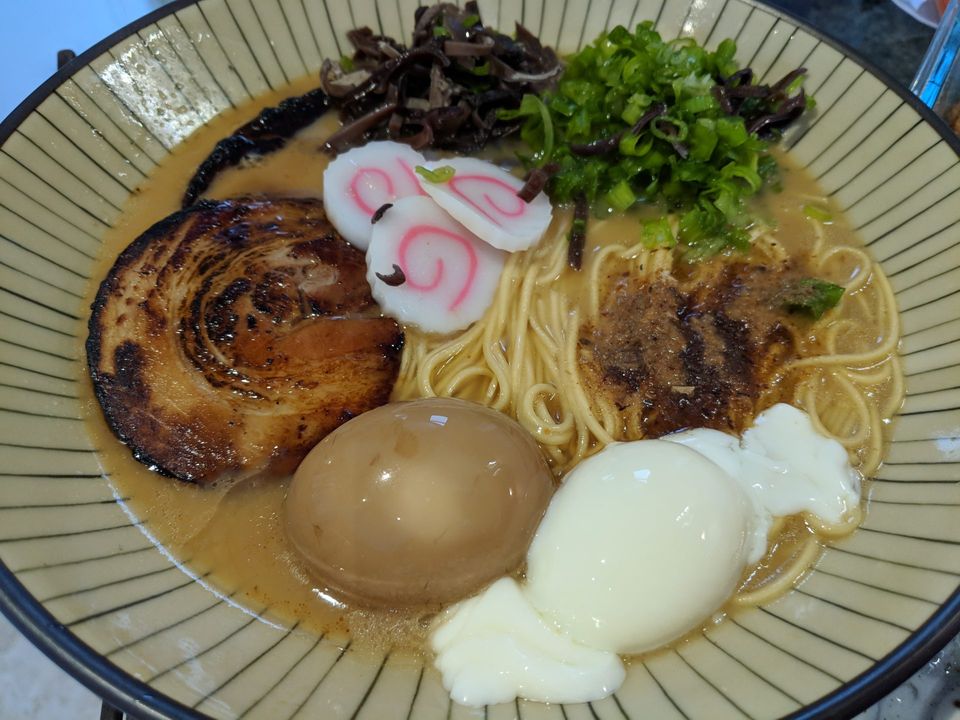
Just give me the recipe instead:
Pressure Cooker Tonkotsu Ramen Broth
Intro | Ramen is Soul Food
Ramen is one of the world’s great comfort foods.
No matter if you call it ramen or la mian; pulled noodles — the literal translation from both the Chinese and Japanese — are one of the great staple foods of many Asian cultures. I’ve always enjoyed the challenge of trying to recreate my favorite incarnations, whether it’s a Japanese version in a light dashi, China’s LanZhou specialty with a pho-like beef broth and an angry slick of chili oil curling through it, or Taiwan’s famous braised beef noodle soup studded with chunks of beef tendon.
The now-ubiquitous Japanese tonkotsu ramen is pretty high up on my list, and I think it makes a fitting inaugural post.
Living in southern California, I kind of felt like I knew what a really great tonkotsu ramen was. In LA, we have had — on separate days, of course — fantastic ramen at Daikokuya, Shinsengumi, and Tsujita.
Closer to home in San Diego, we’ve been lucky to have a more vibrant ramen scene than one might expect, especially being in LA’s shadow. We have local outposts of Menya, Basso Drillman, Nishiki, Santouka, and Yamadaya, and there are a few popular local chains like Tajima and Underbelly.
So I was fairly confident that I knew what to expect when we visited Japan earlier this year.
Yeah; I was wrong. Ramen is an entirely different ball game over there, and they do not fuck around.
Actually, to be precise I should say that they fuck around with it all the time, but with extraordinary skill and care. And despite being told this repeatedly by every person I’ve met who’s been to Japan, I was somehow astonished by almost every ramen shop we visited.
At Kamitora in Osaka, we ate ourselves sick because after our first bite, we decided we needed to try every style of ramen they made.
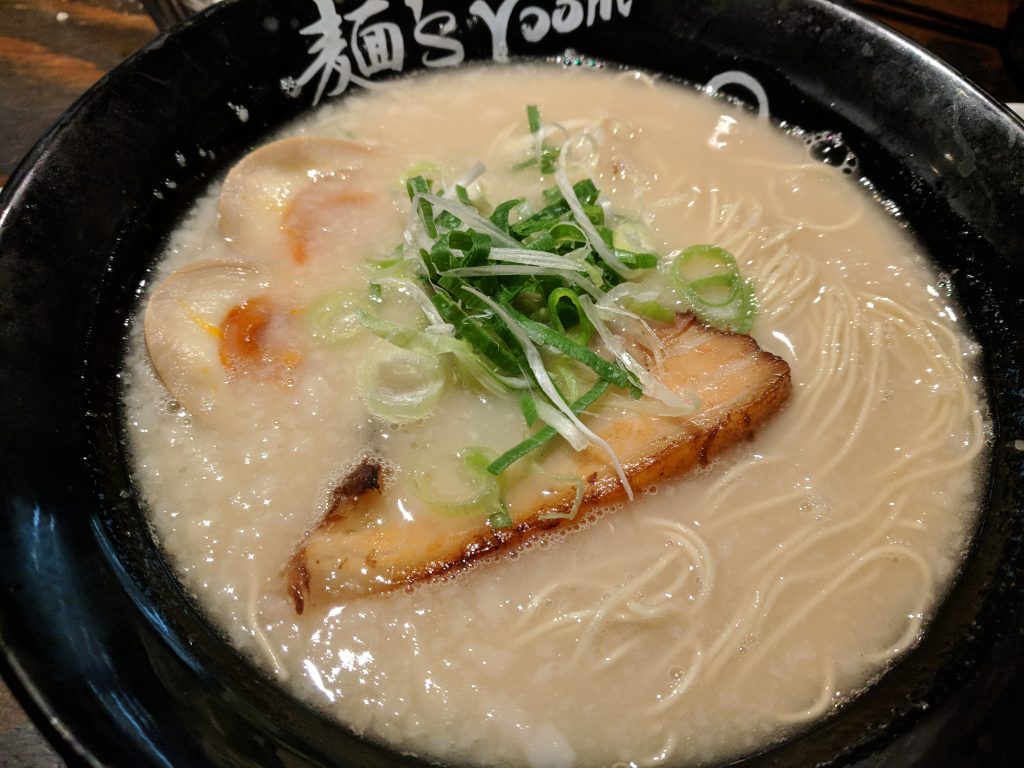
Fuunji’s tsukemen broth was so thick it was almost like hot mayonnaise made with pork and fish… which I now realize doesn’t sound appetizing, but it was transcendent.
In Kyoto, just around the corner from our hotel was Atau, a small neighborhood ramen shop whose surly chef/owner served me a “cappuccino tsukemen”, topped with what may have been egg white foam, and paired with a side bowl of rice and cheese.
I was in ramen heaven, but it left me feeling a bit hollow after the shock wore off. I’d never encountered anything like this in the States, and felt like there was little hope of finding it after we went home.
I didn’t even know who I could trust for recommendations. The most universally loved ramen in Japan we’d heard of from friends, Youtube, and food blogs was Ichiran, which ended up being far and away our least favorite ramen of the trip.
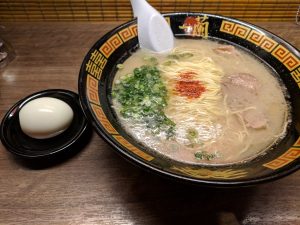
So, as soon as we got back, I started working on my own recipe. We’d stuffed our backpacks with the best katsuobushi flakes and powder we could find at Tsukiji market, and I was determined to see if I could even begin to approach what I’d tasted.
Discovery | Slow Food is Great, But…
One of the biggest hurdles to making tonkotsu ramen, as I’ve heard from many people, is the time. A traditional tonkotsu recipe will tell you to keep it at a rolling boil for anywhere from 10 to 20 hours.
Aside from my sneaking skepticism that any ramen restaurant actually cooks their broth for a full 20 hours AND does a daily service, this put a serious dent in my enthusiasm. A bowl of excellent ramen is certainly worthy of striving for; but if we were going to have to burn 20 hours of gas and smell pork in every room of the house for days every time, I was going to get some very pointed looks from my better half, regardless of how good the end result was.
So, the pressure cooker was the obvious answer.
I started poking around on the internet; surely someone has done this before, right? Well…
- For some reason, I feel like David Chang makes his Momofuku ramen broth in a pressure cooker — I may have seen it in a dream, or an episode of Mind of a Chef — but it’s a clear broth; nothing like the creamy fat bombs I was craving.
- The great Kenji Lopez-Alt of Serious Eats reluctantly dismisses the pressure cooker in his fantastic Tonkotsu broth article, saying it turns out something that tastes great, but is “by no means a good tonkotsu ramen broth.”
- Other recipes generally focused on clear shoyu style broths; again, not what I was after.
- A couple articles, tucked away in remote corners of the internet came pretty close to what I was trying to accomplish, but they looked quite thin, or added soy lecithin or other artificial emulsifiers and… still looked pretty thin.
Generally, it seemed like all the arrows were pretty much pointing to the same conclusion: the pressure cooker’s no good for this.
So, it was time to experiment on my own.
Result | Noodle Glue in Record Time
I’m happy to report that I am able to respectfully disagree with Kenji Lopez-Alt on this one.
I make this thick, sticky, funky, porky noodle glue™ in my pressure cooker from nothing but aromatics and pork bones. It takes about 1.5 hours, from pulling the bones from the fridge to sitting down to my first bowl.
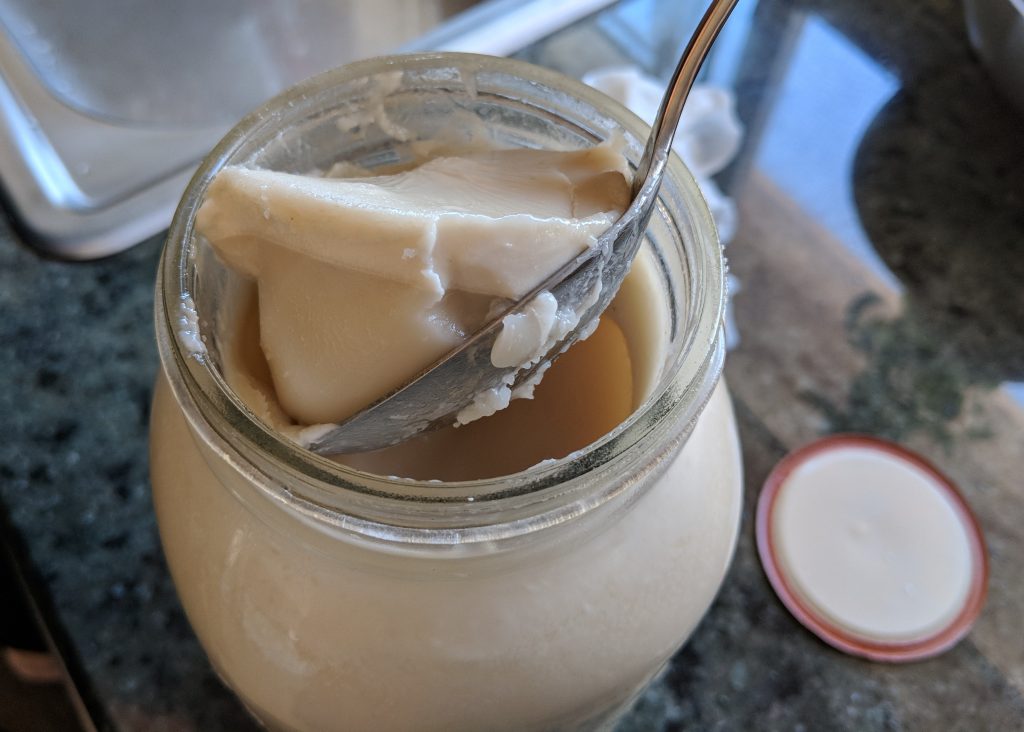
Exposition | Beat Your Fat Into Submission
The key, funnily enough, is entirely embodied in the last phrase of Kenji’s dismissal of the pressure cooker:
The problem is that in the high-pressure environment of a pressure cooker, temperatures get higher, allowing for fast extraction and conversion of collagen to gelatin, but the high pressure also prevents the rolling boil necessary for getting those extracted solids to emulsify into the broth.
– Kenji Lopez-Alt
In a nutshell, the theory (which he delves into later in the same article) is that the emulsification of the pork fat with the gelatin in the broth is a mechanical process: the bubbling action of the boiling broth gradually wraps the fats in gelatin, thereby suspending them in the emulsion.
If true, this also means that you don’t need any emulsifiers. Since you don’t add binding agents to a traditional stock, you don’t need to here.
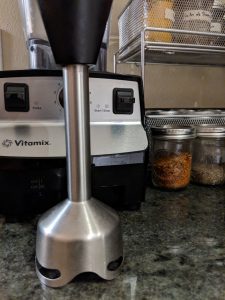
So… meet my favorite apolitical agitator: my stick blender.
I prefer it for these kinds of things over my Vitamix, even though it’s over a decade old at this point, fraying at the cord, and has been known to lose the occasional chunk of plastic off the business end into whatever I’m blending. It’s just so much easier to clean, and I am irresponsibly lazy.
The real point here is: what a rolling boil would accomplish in 10-20 hours can be easily done in a few seconds with a blender.
Any blender will do; you could probably even do this with a whisk, if you wanted to get all French about it.
Basically, the idea is to just violently shove globules of fat up against the gelatin until eventually, exhausted and resigned to their fate, the two decide to get together. Incidentally, this is not entirely unlike how I convinced my wife to marry me.
And as a bonus, it’s really fun to watch:
The end result is a rich, fatty, fully emulsified broth that can rival anything I’ve had here in the States. I’m still working on getting up to that Japanese standard, but — contrary to my previous convictions — there are only so many bowls of ramen I can eat in a week.
Even if they do come out like this.
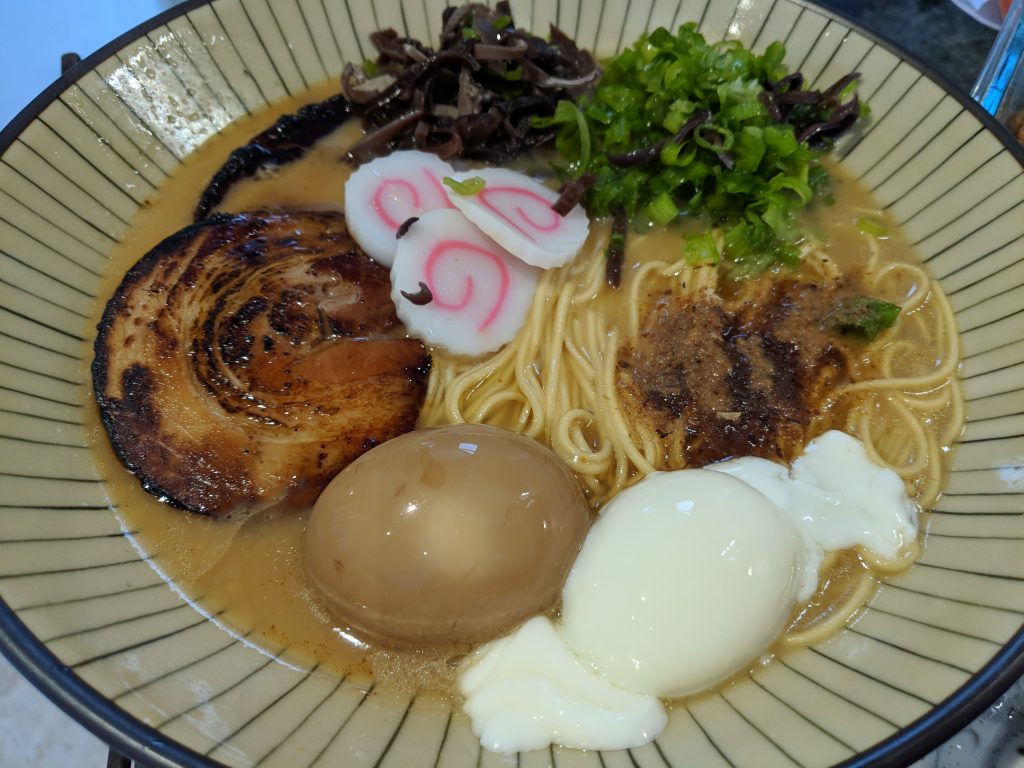
Comments ()